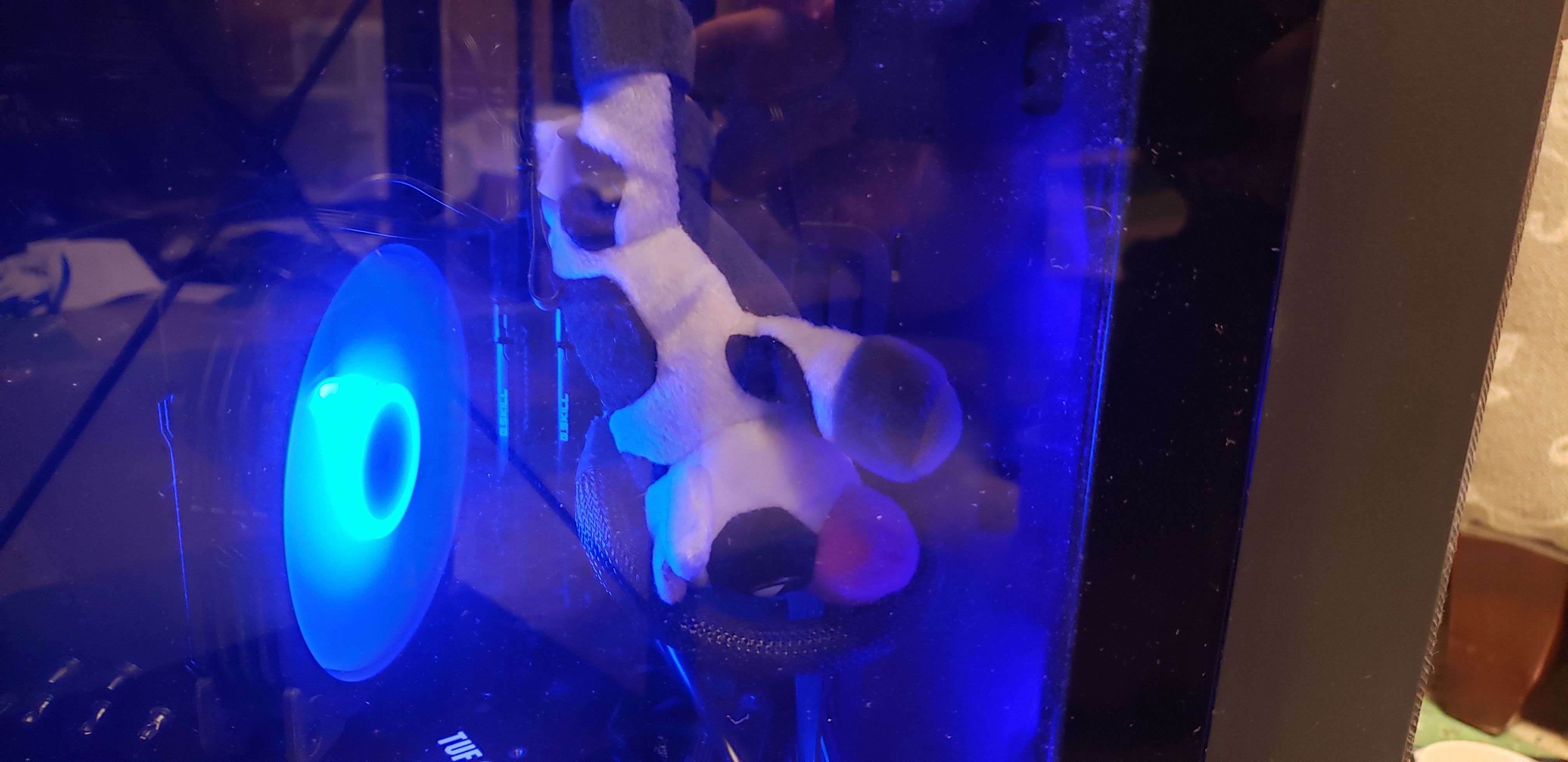I’m planning to install Arch Linux for the first time. Any recommendations on setup, must-have applications, or best practices? Also, what’s something you wish you knew before switching to Arch?
For starts, read the wiki. Specifically, read the installation guide at least twice to get a feel for how it works and what the Arch vibe is like. This is also your chance to figure out just what you want to do. Do you want to use GRUB or UEFI? Which sounds like a better fit? What filesystem? What do you want to run? mdadm or not? A little bit of planning and reading is better than reinstalling half a dozen times (ask me how I know…)
Must-have applications? Screen or tmux. SSH. Whatever shell you’re comfortable with (bash is how I roll, but you might be a fan of fish).
- EndeavourOS is arch based with less hassle. Its more than good enough for most people. don’t get trapped by minimal install bs and other non-consequential opinionative approaches to software.
- Select btrfs as your file system and use timeshift. If you fuck up or if your updates fuck something up. There are other ways of doing rollbacks and this is just what I became familiar with. I’ve used it two times in the past year, its worth it.
- Bookmark the archwiki, 99% of the time the answer to the questions of ‘how to’ and ‘can i’ are in there
- There are multiple DE’s. Pick what works best for you before you toss that bootable USB installer. You of course can switch later down the line, but experimenting now will save you config troubleshooting later, just stick to what feels/looks best. Look around on the web to see what appeals to your workflow. There are others like Cosmic and Wayland that are not included in the arch gui installer, in which case, follow the install procedures for the DE you want and remove the old ones to avoid config overlap.
- Have Fun. If you are not, do something that is.
The whole arch advantage (imo) is that you have a full understanding of what’s in your machine and how it works.
As a beginner you won’t understand and that’s okay, but you should try different things (or don’t and just focus on what works for you) as long as the end result is you doing: pacman -Qe and going “hmm that makes sense”, and imo the undesired result is going “hmm what do these all do, why do I have 2000+ packages”
Arch is good for tinkering with to make it your own, but can sometimes require tinkering to do things other distros can do straight away, e.g. adding udev rules to use certain devices or setting up zeroconf to be able to discover printers on the network automatically
If you want to be able to roll back changes easily you could set up your root and home partitions as btrfs subvolumes and use snapper to take snapshots, which can be combined with pacman hooks to automatically take snapshots when updating/installing software and can even be set up to allow booting into the snapshots which could be useful if you break your system
Print out the install guide on paper and have it with you while you go. If you fuck up networking, you’ll have the directions there to get it back.
Install slackware instead! But if you must, yay.
Any reason you would recommend Slackware specifically?
I’ve watched a few Youtube videos on the history of it and the advantages of it but I don’t recall much. It seemed like a lot of people who had used Slackware a long time ago simply continuing to use Slackware and people using at as a learning tool because of how user involved it is.
Would you recommend people start with Slackware itself or a Slackware-based distro?
Only update your system if you have some time on your hands afterwards, in case something breaks. Happened to me a few times before.
This.
“Just do a quick update” and spend 1h trying to fix some broken updatesAlso look at https://archlinux.org/news/ before updating (or follow the RSS feed), some updates may need manual intervention
Paying close attention to news feeds is something I wish I did when I ran Manjaro.
Do yourself a favour and install it on a virtual machine first. Screwing up an install on Arch is frighteningly easy. The Arch Wiki is your friend, use it. Also, read the installation instructions before you begin the installation, not during. If this sounds like too much of a headache (understandably so), then give EndeavourOS a whirl.
It’s all automated now, it’s pretty hard to mess up a standard install. It’s not like the good old days.
That’s what I thought, but then when arch install fcks up it seems even harder to fix. I ised it because I have been getting new computers so it was easier to run run it. It messed up the SSD in a way, and trying to run it again wouldn’t work because it can’t find the SSD that it did something to. It took a while to manually fix all that.
Also idk why arch install doesn’t have easy way to partition home and root, the default suggestions’s root is too small, changing it requires manually making each partition, just take an integer(%) allocated for home and calculate from there.
Are you talking about archinstall or have they actually automated the default installation method?
So many tips, let me add mine.
- btop - for monitoring and process management
- pacseek - terminal UI for installing, searching packages (uses yay)
- chaotic aur - repo for prebuilt binaries that are generally ok
When installing use the archinstall the first time, unless you really want to go into the deep end and use the normal install.
- archinstall is one of the better/best distro installs around - it just does what it says it will and is pretty intuitive
- LUKS encryption is easy to set up in archinstall - strongly recommend encrypting your root partition if you have anything remotely sensitive on your system
- If you do use encryption but don’t like typing the unlock password every reboot, you can use tpm to unlock - yes, this is less secure than requiring the unlock password every time you reboot, but LUKS + TPM unlock is still MUCH better than an unencrypted drive just sitting there
- sbctl is a good tool for secure boot - If you want to get more secure, locking down bios with an admin password, turning on secure boot, sbctl works really well and is pretty easy to use. I would suggest reading up to understand what it’s doing before just installing/configuring/using it
- yay is a solid AUR helper / pacman wrapper
archinstall is still unstable as hell. I find that my best bet is to:
- Configure everything exactly like I want through the dialog
- Save the user and system preferences to their respective JSONs
- Mount a USB stick and copy the JSONs there
- Restart the archinstall process by loading from the JSONs, then hit commit
- When the above fails, restart the whole machine and jump to step 4, where it magically works
Ah, good to know. I haven’t really used that save configuration and reuse process, I just do the install directly at the end of configuring everything. But I can see the draw for using that, a shame it doesn’t seem to work that well.
I didn’t read the documentation so I didn’t know you weren’t supposed to use sudo with yay.
-Ss can be added to pacman to search for packages. Pretty useful if you don’t want to DuckDuckGo them every time.
As for applications one neat one I don’t see recommended very often is xkill. You can use it to kill applications kind of like you would with the task manager in Windows. htop is probably a closer comparison to the task manager in general though.
There are a lot of Arch-based distros that are incredibly easy to install if you want a very easy setup process that doesn’t involve a lot of terminal work.
i thought yay told you to not run it with sudo?
It does. It gives you this message
-> Avoid running yay as root/sudo.
I only ran Debian and Ubuntu based distros up until that point so I thought you always needed to install packages using sudo.
I am pretty sure I ignored the warning initially because the first couple packages I tried to install with sudo and yay worked.
This was a while ago.
The ArchWiki is amazing, probably don’t start by installing nothing but a window manager and adding things you need as you go
Don’t?
Probably don’t start by installing nothing but a window manager
Oops. I ran into a lot of problems by doing this, but boy did I run into a lot of tools too
I have learned so much but everything is so disfunctional because “I’ll get to it later” means never
Start from the install guide on the wiki. It’ll branch out fast and just follow all the links and read. If something goes wrong, check if you missed something on the wiki. It’s an amazing resource.
Also, look up your hardware on the wiki before you start.
Use btrfs with snapshots. Verify you know how to boot into snapshot after a failed update and repair the system. This is the most important thing and lets you experiment much more freely.
EndeavorOS if you want to have an easy time. Also be comfortable reading documentation.
If you don’t mind AI slop wallpapers every time you upgrade your system. I can’t wait to get rid of eOS on my desktop and just use regular Arch
I’ve only seen this on a system I hadn’t changed the wallpaper on. But agreed the stock ones suck
I don’t know why but even if I am setting my own wallpapers I still get to see the stock ones (when booting, etc), it pisses me off because it is clearly AI made and it seems the community around eOS likes them and even make worst ones on their forum
Why EndeavorOS over
arch-install?Mostly BC its low effort. The most intimidating thing about arch for me was the troubleshooting when things go wrong. I’m cool with that in general operation but not during the installation process. Endeavor makes it painless while still being a minimalistic install
What issues were you having with arch-install that you had to troubleshoot?
Manually resizing/replacing the efi partitions for Windows dual boot was where I decided to stop and switch to a graphical installer.














